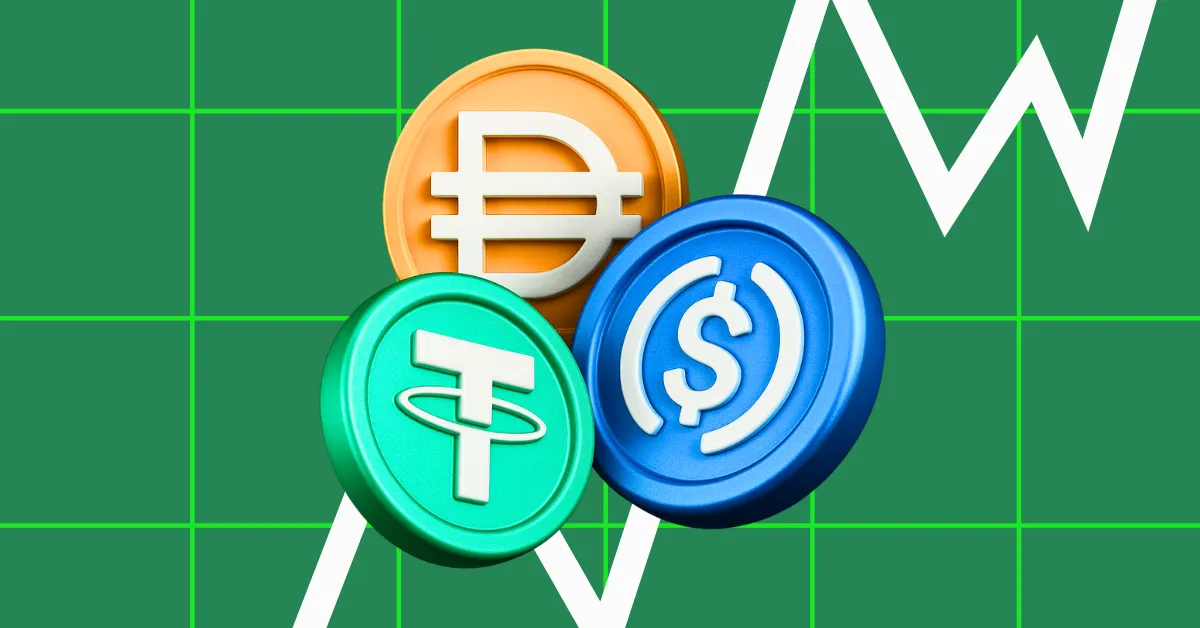The Evolution of Jamie Dimon’s Crypto Stance: Embracing Stablecoins, Questioning Bitcoin
A Shift in Perspective: From Skepticism to Selective Acceptance
Jamie Dimon, the CEO of JPMorgan Chase, has long been a vocal critic of cryptocurrencies, particularly Bitcoin. His initial stance was characterized by skepticism and outright dismissal, reflecting the cautious approach of traditional financial institutions toward disruptive technologies. However, recent developments indicate a notable shift in his perspective, particularly regarding stablecoins. This evolution in Dimon’s views is not merely a personal opinion but a significant indicator of the broader financial industry’s gradual acceptance of certain aspects of digital assets.
The Timeline of Dimon’s Crypto Views: From Criticism to Cautious Optimism
Dimon’s journey with cryptocurrencies has been marked by a series of public statements that reflect his changing attitudes. Initially, he was highly critical of Bitcoin, describing it as a “fraud” and expressing concerns about its volatility, lack of regulatory oversight, and potential for illicit use. This stance was consistent with the traditional financial sector’s wariness of decentralized digital currencies.
However, over time, Dimon’s views began to soften, particularly in relation to stablecoins and blockchain technology. He has since expressed his belief in the potential of stablecoins and acknowledged the value of blockchain. This shift does not represent a complete reversal of his earlier criticisms but rather a nuanced recognition of the different roles that various digital assets can play within the financial ecosystem.
The Appeal of Stablecoins: Stability, Utility, and Regulatory Compliance
Dimon’s changing attitude toward digital assets is largely driven by the unique characteristics of stablecoins. Unlike Bitcoin and other cryptocurrencies, stablecoins are designed to maintain a stable value, typically pegged to a fiat currency such as the US dollar. This stability makes them more suitable for everyday transactions and as a medium of exchange, addressing some of the key concerns that Dimon has raised about volatility.
Additionally, stablecoins leverage blockchain technology to facilitate faster and more efficient transactions, which aligns with Dimon’s interest in the potential of blockchain to streamline financial processes. The growing regulatory framework around stablecoins also provides Dimon and JPMorgan Chase with greater confidence in their long-term viability. As more customers express interest in cryptocurrencies and blockchain-based services, the bank is compelled to respond to remain competitive.
The Persistence of Skepticism: Bitcoin’s Volatility and Regulatory Uncertainty
Despite his newfound appreciation for stablecoins, Dimon remains skeptical about Bitcoin. Several factors contribute to his continued skepticism, including Bitcoin’s volatility, lack of intrinsic value, and regulatory uncertainty. The unpredictable price swings of Bitcoin make it unsuitable as a reliable store of value or medium of exchange, which is a significant concern for a traditional financial institution like JPMorgan Chase.
Furthermore, the lack of a clear regulatory framework for Bitcoin adds to the uncertainty. While stablecoins are gradually being integrated into the regulatory landscape, the future of Bitcoin regulation remains unclear. This uncertainty likely deters Dimon and JPMorgan Chase from fully embracing Bitcoin.
JPMorgan’s Crypto Initiatives: Beyond Rhetoric
Dimon’s evolving stance on crypto is reflected in JPMorgan Chase’s increasing activity in the digital assets space. The bank has been exploring various blockchain-based initiatives, demonstrating a commitment to integrating digital assets into its business operations. For example, JPMorgan Chase has developed its own digital currency, JPM Coin, for wholesale payments between institutional clients. This initiative highlights the bank’s recognition of the potential for blockchain to improve payment efficiency.
Additionally, JPMorgan Chase has launched a business unit, Onyx Digital Assets, dedicated to developing and deploying blockchain-based solutions for various financial applications. The bank has also partnered with crypto firms such as Coinbase, indicating a willingness to collaborate with the broader crypto ecosystem. These initiatives suggest that JPMorgan Chase is not just talking about crypto but is actively exploring its potential and integrating it into its business operations.
Implications for the Future of Finance: A Convergence of Traditional and Digital
Dimon’s evolving stance on crypto has significant implications for the future of finance. As the CEO of one of the world’s largest financial institutions, his views carry considerable influence. His embrace of stablecoins could encourage greater adoption of these digital assets within the traditional financial system, paving the way for mainstream acceptance.
Moreover, JPMorgan Chase’s exploration of blockchain technology could lead to its wider adoption across the financial industry, resulting in greater efficiency, transparency, and innovation. The bank’s willingness to partner with crypto firms suggests a growing convergence between traditional and digital finance, which could lead to the development of new and innovative financial products and services.
The Thawing of the Crypto Ice Age
Jamie Dimon’s journey from crypto critic to stablecoin supporter underscores the evolving nature of the digital asset landscape. His shift in perspective reflects a growing recognition of the potential benefits of blockchain technology and stablecoins, particularly within the regulated financial system. While skepticism toward Bitcoin persists, Dimon’s warming to stablecoins suggests a future where traditional finance and digital assets coexist and collaborate, unlocking new opportunities for innovation and efficiency. It’s not a full-blown crypto spring just yet, but the ice age seems to be thawing.

